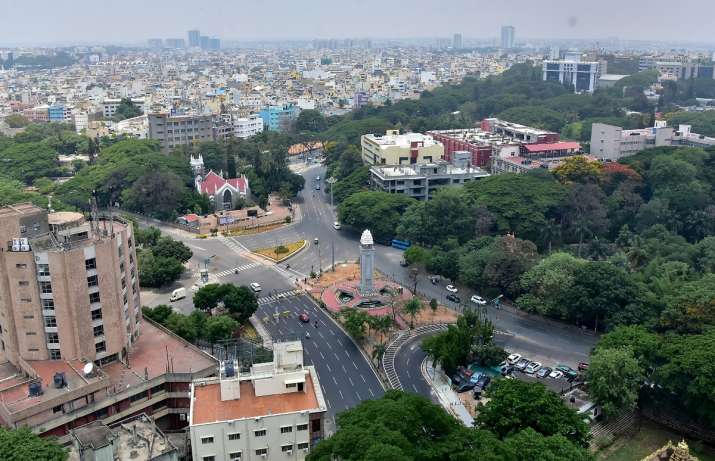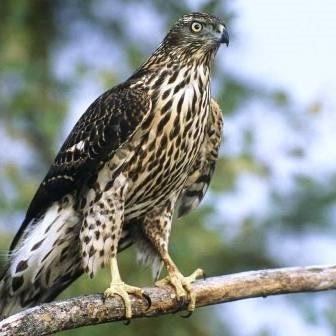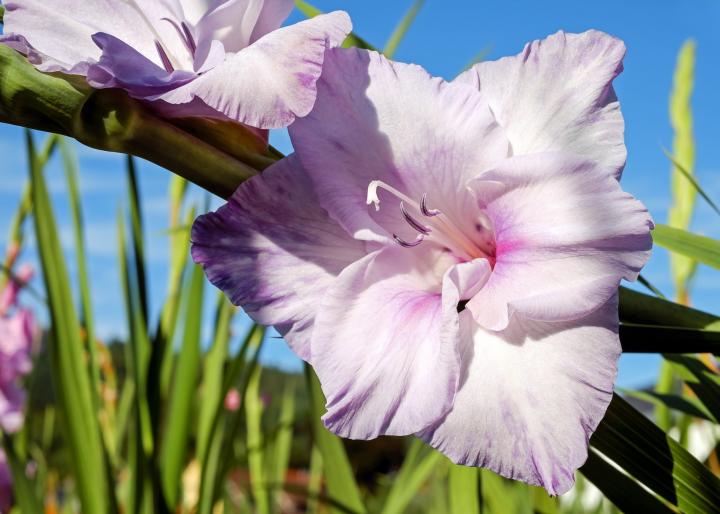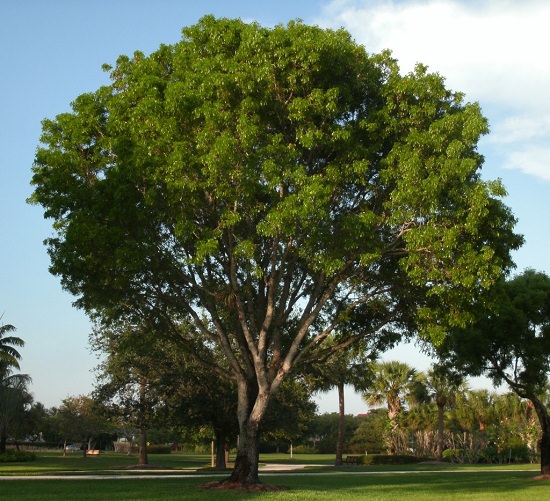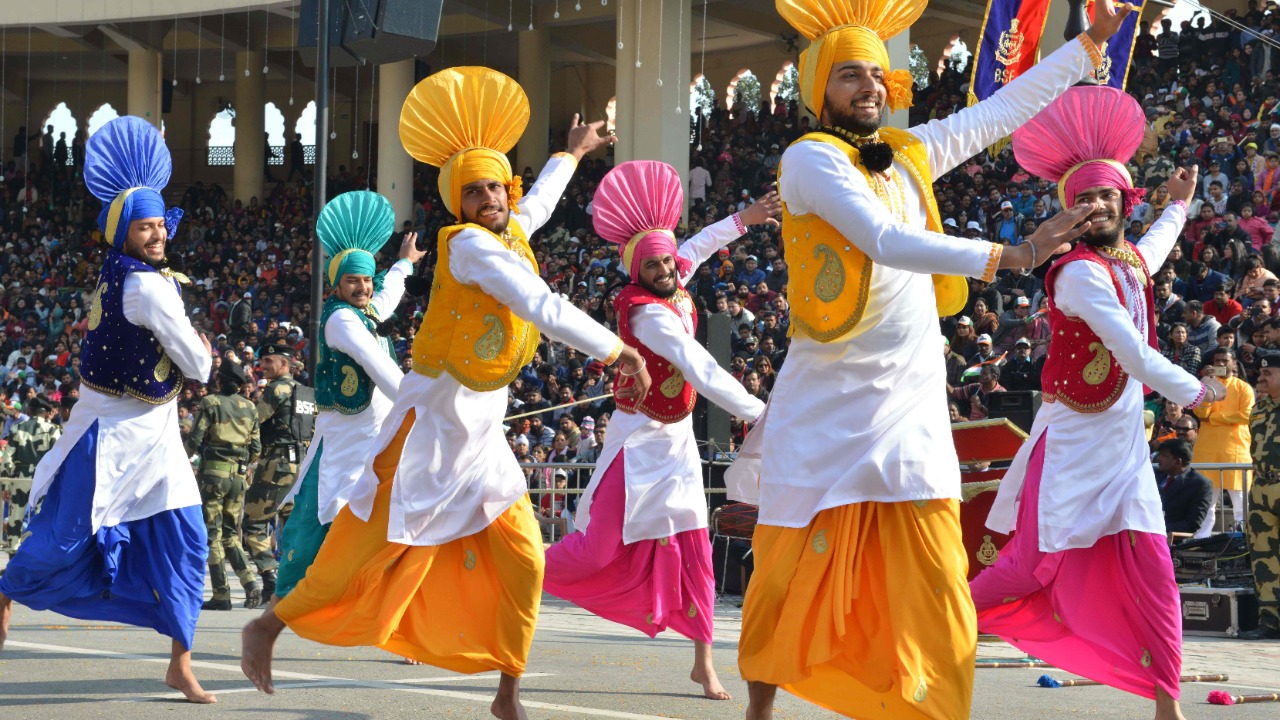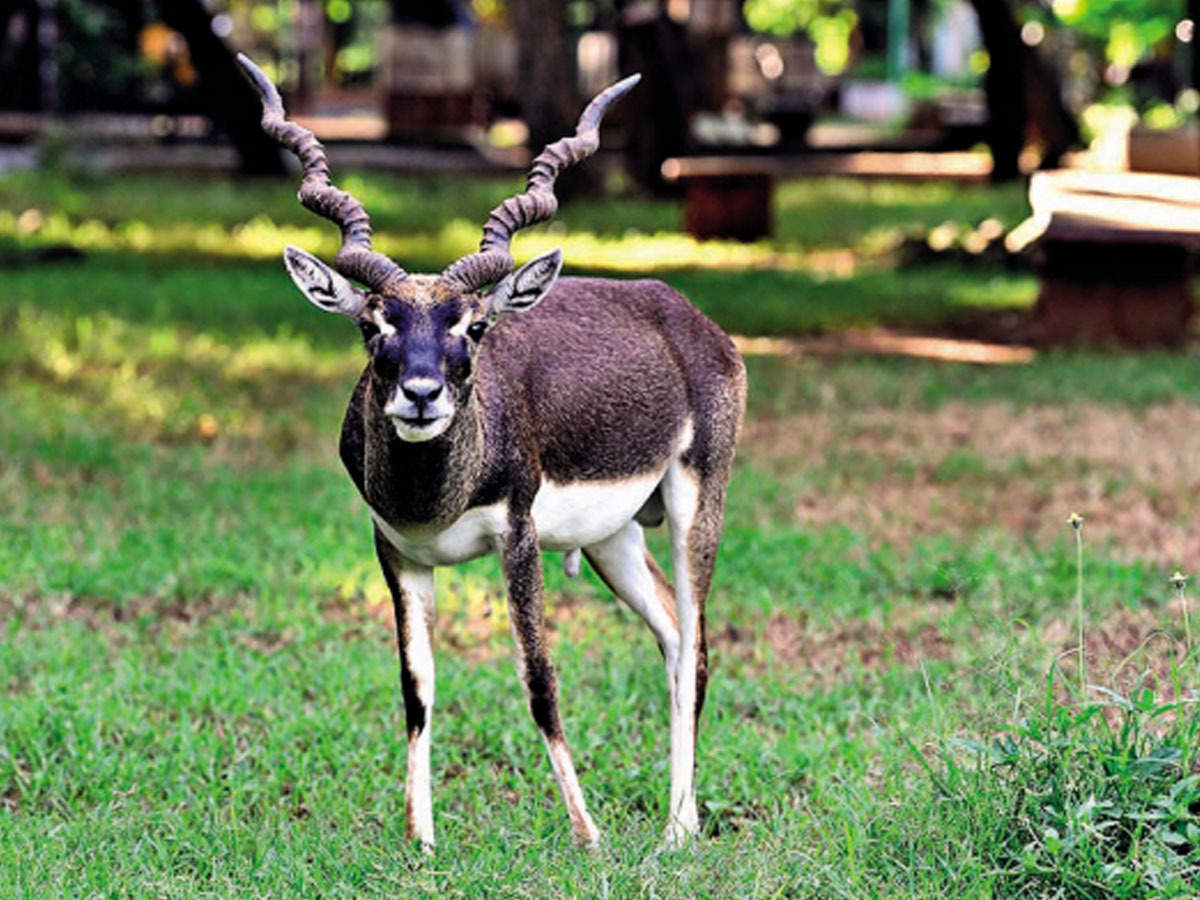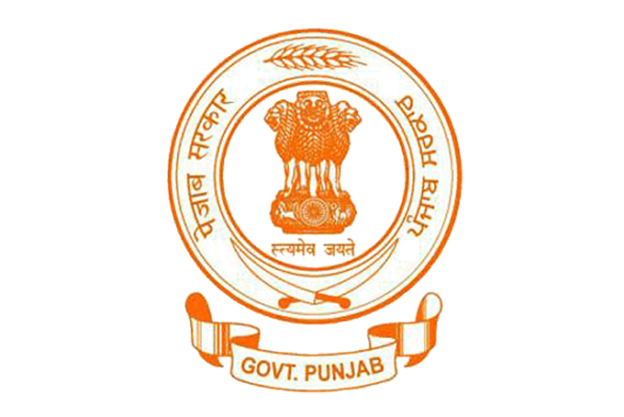State Symbols of Punjab (India)
Last updated on July 31st, 2024 by Editorial Staff
By Naeem Noor | Updated on July 31, 2024
Reviewed by Rittika
Punjab is well-known for a variety of reasons. This place is full of culture and natural beauty that you should see for yourself. The Golden Temple, one of Punjab’s most renowned tourist destinations, teaches a lesson on universal brotherhood.
Jallianwala Bagh, a major historical site with palaces and museums that depict its previous splendor, makes the eyes well up. Punjab offers culture, heritage, history, and wildlife as part of a tourist experience. Chandigarh, a union territory, shares capital with Haryana too.
The current government was elected in the 2022 Assembly elections, with the Aam Aadmi Party winning 92 of the 117 seats and Bhagwant Mann serving as Chief Minister. Punjab is divided into twenty-two districts and five administrative divisions.
History
Over the previous three millennia, the Punjab region, located on India’s north-eastern outskirts, has served as a gateway to the Indo-Gangetic plains for invaders. The enormous Himalayan mountains bordered Punjab’s northern border. The Indus River in the west designated the province’s western border.
The Yamuna River marked the province’s eastern border, dividing Punjab from the Gangetic plains. The Punjab, which stretches from the Himalayan foothills to the scorching deserts of the south, is a vast plain. It slopes gently down from the snow-capped mountains in the north and west to the scorching deserts in the south. The five major feeding feeder rivers—Jhelum, Chenab, Ravi, Beas, and Sutlej—originally flowed through Punjab, inspired the name Punjab, which means “country of five rivers.”
The division of British Punjab between India and Pakistan based on Hindu and Muslim majority districts resulted in a substantial rearrangement of Punjab’s territorial boundaries after India’s independence in 1947 and the brutal separation of British Punjab between India and Pakistan. The Punjab State Reorganization Bill, passed in September 1966, further divided the province.
The remaining Punjabi-speaking regions were combined with neighboring Himachal Pradesh, while the southern, Hindi-speaking plain districts became a new state of Haryana. The remaining Punjabi-speaking plain districts were incorporated into the new state of Punjab. In contrast, the rest of the Hindi-speaking hill districts towards the north of Punjab were combined with neighboring Himachal Pradesh.
Cultural Life
Punjab boasts one of the world’s oldest and most diverse cultures. Punjabi poetry, philosophy, spirituality, education, artwork, music, food, science, technology, military warfare, architecture, traditions, values, and history reflect this diversity and distinctiveness. It’s difficult to overlook the compassion and zeal displayed in the Punjabi (Punjabis) way of life.
While the Punjabis are famed for their tenacity, their culture reflects a diverse range of historical civilizations. In Punjab, visitors are treated as God’s representatives and are well looked after. Punjabi culture is multifaceted, encompassing the Punjabi people’s cuisines, traditions, morals, science, and history. It is said to have one of the world’s oldest and most diverse cultures.
The Indus Valley Civilisation, Indo-Aryan peoples, and Indo-Scythians occupied the Punjab region, which the Achaemenid Empire invaded, Greeks, the Kushan Empire, Ghaznavids, Timurids, Mughals, Afghans, British, and others. Punjabi philosophy, poetry, spirituality, education, artistry, music, food, and architecture are all examples of Punjabi culture. Immigrants to Punjab in the past many centuries arrived for various economic reasons. These immigrants affected the inhabitants of Punjab, who were inspired by the culture of Punjab at the time. Punjab is still the nation’s beating heart today.
The geographical location of Punjab regarding the rest of the Subcontinent has resulted in substantial Central Asian influences in both culture and cuisine. As a result, Punjabi cuisine has risen to prominence worldwide, and many merchants who ventured into the industry have amassed huge personal fortunes due to its success.
Well-known and well-known delicacies include “Sarso ka saag” and “Makki di roti.” In Punjabi culture, several dances are usually done at times of celebration, such as harvests, festivals, and weddings. The dances range from both religious to non-religious. The overall style can vary from the high-energy dance “bhangra” to the more restrained women’s dance “jhumar” or “gidda.”
Bhangra is the most popular Punjabi musical form, and no Punjabi celebration is finished alone without the sound of the dhol. Therefore, Dhol players are required to have an amazing Punjabi-style festivity on every joyous occasion for Punjabis in any area of the world.
Tourist Attractions
Punjab is where Sikhism originated. The Sri Harmandir Sahib (or Golden Temple), the holiest of Sikh sanctuaries, is located in Amritsar. Three of Sikhism’s five Takhts (Temporal Seats of Religious Authority) are in Punjab. Sri Akal Takht Sahib, Damdama Sahib, and Anandpur Sahib are the three.
Punjab is one of India’s most developed states in terms of infrastructure. Its sports and hosiery goods industries are also well-known. Take advantage of the inhabitants’ unrivaled hospitality and generosity. Amritsar- Golden Temple, Jallianwala Bagh, Wagah Border, Maharaja Ranjit Singh Museum, Patiala- Sheesh mahal, Quila Muabrak, Moti Bagh Palace, Kali Devi Temple, Chandigarh- Sikh Ajaibghar, Sukhna lake, Rock garden, and Rose garden are some popular tourist destinations in Punjab.
State Information
| Official Language | Punjabi |
| State Rank | 19 |
| Demonym(s) | Punjabi |
| Nickname | Land of Five rivers |
| ISO | IN-PB |
| Formation Date | November 1, 1966 |
| Coordinates | Lat: 31.1471° N, Long: 75.3412° E |
| Area |
State seal
Motto of Punjab (India)
Satyameva Jayate- "Truth alone triumphs"
State symbols of Punjab (India) 👇
-
State capitalChandigarh
-
State birdBaaz
-
State flowerGladiolus
-
State fruitMango
-
State treeSheesham
-
State danceBhangra
-
State animalBlackbuck

